Believe it or not, I hadn’t been to Oshima in six years! I mean, during the Setouchi Triennale, I actually went last winter. The problem with this island is that due to its very unique status, you don’t really go there to just hang out and have fun as you may with other islands.
As a reminder, Oshima is the home to the Oshima Seishoen Sanatorium, which between 1909 and 1996 was basically an open-air prison for patients and former patients suffering from Hansen’s disease, better known as leprosy!
In very short, in 1909 it was decided that everyone in Japan suffering from Hansen’s disease had to stay in sanatoriums indefinitely. Sure, they were hospitals but they also were prisons, as patients were not allowed to leave the premises under no circumstance and had to endure other unpleasant similar things (forced abortions come to mind). Things stayed this way even after it was established that the disease wasn’t contagious. Even worse, things stayed this way even after the disease was cured and eradicated in Japan in the 60s. The law was only repelled in 1996! The Japanese government only apologized for it this year, even though the (now former) Emperor has visited almost all sanatoriums to apologize personally. Actually, during one of his retirement speeches, he said that one of his biggest regrets was that he couldn’t make it to Oshima to apologize.
In other words, this is one of the darkest stains on Japan’s recent history. I’m tempted to say, second after the atrocities of World War 2.
The story doesn’t end in 1996, though. When the law was finally repelled, most if not all former prisoners simply couldn’t return home. They didn’t have a home to return to. A lot of them were more or less disabled. It was just impossible for them to return living in a society from which they had been sequestered for so long.
So, it was also decided that as long as anyone of the patients was still alive, they’d be taken care of by the city where their sanatorium was located, and they could stay in the sanatorium for as long as they wanted or needed.
When Oshima joined the Setouchi Triennale in 2010, it was one of the first times the island was open to the public and that people could learn about its history, and since that day the art on the island has mostly been focused on this history. However, for a few more years, the local government was still not too sure how to manage the opening of the island. There were a certain number of issues to deal with. For example, the residents live a sheltered life there and an influx of visitors could affect them negatively. So between 2010 and 2018, with a few exceptions, the island was only freely open to external visits one weekend a month and residential areas tended to be off-limits (local schools and such sometimes get to visit the island for educative purposes).
Things changed a little bit at the beginning of this year. It is my understanding that now the island is pretty much open every day to the general public. I’m still not too sure about residential areas. However, this Autumn session, there will be a new artwork that is located more or less in the middle of this part of the island. We’ll see if I get to go.
In the meantime and after that long but necessary introduction, let me show you what the island had to offer in terms of art during the summer session of the Setouchi Triennale 2019.
Our first stop was at Café Shiyoru, which was closed (it’s only open on weekends), however, the venue was physically open as it houses another artwork.
If you’ve been to Oshima before, know that café Shiryoru has moved to a new location, in a larger and more modern space.
If you haven’t been to Oshima yet and come to the Setouchi Triennale because you’re a contemporary art amateur, please be aware that a lot of the art on the island is not at the “level” of what you can see on other islands, and that’s not the point. The art on Oshima is community-based for the most part, almost always linked to the history and identity of the island, and it’s better that way. “High art” would be out of place and – in my opinion – is undesirable on this island for the time being.
We’re starting with Storytelling Table Runner in National Sanatorium Oshima Seishoen by Tomoko Konoike. They are a series of table mats embroidered by Konoike, based on the time she has spent on the island talking with the residents, both the former patients and the medical staff. Here are a few examples.
In Café Shiyoru, you’ll find another work from Tomoko Konoike. It is a video called Moon Landing. I didn’t spend enough time to watch it. I hope I’ll return soon.
Next to Café Shiyoru, do not miss an amazing model of the entire island built by volunteers from Koebi-Tai (with the help of some locals I would assume). I’m not sure why I didn’t take pictures, but I think they were not allowed for some reason.
Getting out of the Visitor’s building and heading north, you’ll find Seizo Tashima‘s Blue Sky Aquarium that has been on Oshima since 2013.
I find Tashima’s art pretty interesting in the sense that it may seem quite “unrefined” or too simple or something. But at the same time I find it quite poetic and enjoyable.
Blue Sky Aquarium has turned an entire former residential building into an “aquarium” where every room is very different from the next one.
Leaving Blue Sky Aquarium, you will walk through Forest Path, still by Seizo Tashima. It’s a small garden with a few interesting details here and there. It’s made of plants from the island, and it’s designed for visitors and residents to have a nice relaxing stroll in between two buildings.
In the next building, another work from Seizo Tashima. It’s Life of N: 70 years on Oshima – A room with a wooden pot. From a scroll made during a live painting event, Mr. Tashima built an installation taking up several rooms of a building to tell the life of Mr. N on Oshima.
It’s probably the most moving artwork on the island if not of the entire Triennale. When you hear about the history of Oshima, as I summarized above, it still remains quite abstract. However, when you zoom in on individuals, this abstract dimension vanishes, and then the reality of what we’re talking about really hits you. It hit me even more so because I’ve met Mr. N during my first visit to Oshima in 2010, and heard him speak one more time after that. Despite being in his 70s now, he’s one of the youngest and healthiest residents of Oshima and as such he has become some sort of unofficial spokesperson for all of them. He arrived on Oshima as a teenager, right after being diagnosed with Hansen’s disease. And despite being cured shortly after, he spent the next 30 years and more as a prisoner of this place.
The last picture is of Mr. N’s garden, right outside the building where you’ve just learned about his life story. He still tends to it regularly. It’s actually where I met him nine years ago as he was tending to his bonsai.
Next building we have Rare Feeler, a new artwork from Art for the Hospital Project, Yasashii Bijutsu, a group of artists who have been creating and managing most art on Oshima since 2010, and that uses art as a therapeutic helping tool. The name of the artwork comes from a poem (a haiku?) written by a resident:
No numbness yet in lips or tongue, rare feelers that serve in place of eyes, searching, I eat.
Rare Feeler is followed by Sea Echo, also by Art for the Hospital Project, Yasashii Bijutsu. The last remaining wooden boat of the island is now displayed inside a building. Note that these buildings used to be homes of patients now gone.
You used to be able to enter the room (and even walk underneath the boat), but we couldn’t on that day. I’m not sure if it’s now always closed or if it was a one-time thing.
The last building housing art has been taken over by Fuyuki Yamakawa with two installations.
First, Strait Songs where Yamakawa pays tribute to the former Oshima residents to tried to escape the island by swimming to Shikoku crossing a somewhat treacherous strait. I’m not sure how many succeeded and what happened to them afterward, but I know that a certain number didn’t make it and drowned attempting to find freedom. Yamakawa swam between Oshima and Aji (the village closest to Oshima on Shikoku) and recorded the whole thing.
The second artwork, Ayumi Kitarite retraces the life of haiku poet and Oshima resident, Mo Masaishi. Fuyuki Yamakawa retraced his path from his native area to Mongolia where he was held prisoner during World War 2 to Oshima where he was sent right after being released after the war because he had been diagnosed with Hansen’s disease.
The final artwork on Oshima is quite “original”. I assume very few people will call it art, but one of the things I like about the Setouchi Triennale is that it challenges the usual definitions of art.
It’s called Ringwanderung by Tomoko Konoike.
During her time on the island, Ms. Konoike discovered an abandoned and outgrown forest path on the island’s northern hill and decided to reclaim it so that it could be used again, if not by residents, at least by visitors. You may think “whatever, it’s just a path in the forest”, but I really advise you to walk it during your visit to Oshima. Not only you’ll see the Seto Inland Sea in ways you’ve never seen it before, but little bits of texts here and there will also teach you more about Oshima’s history.
It takes between 20 and 30 minutes to walk the path, and make sure to respect all the rules when heading there. They’re for your own safety, as you’ll be walking near cliffs and such potentially dangerous things if you’re bing mindless about it.
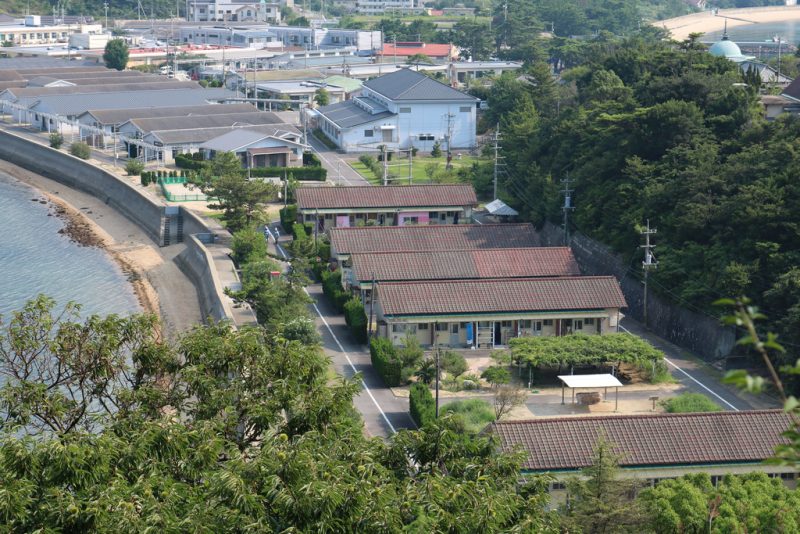
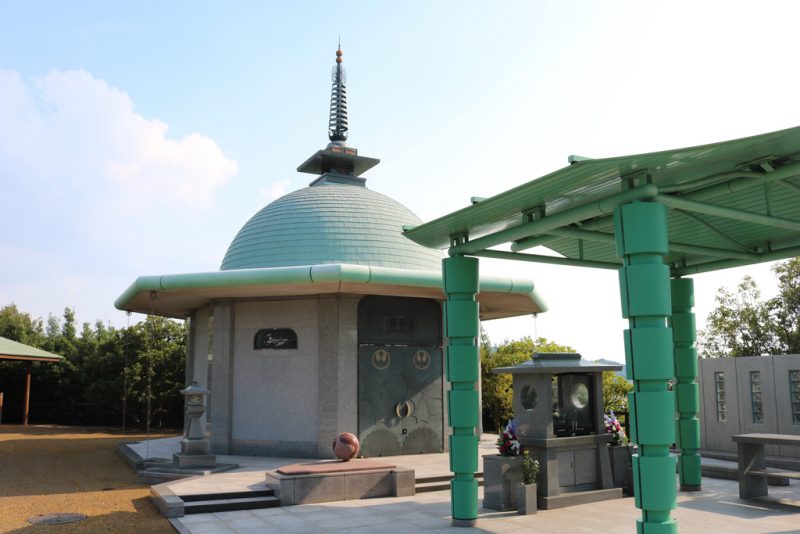
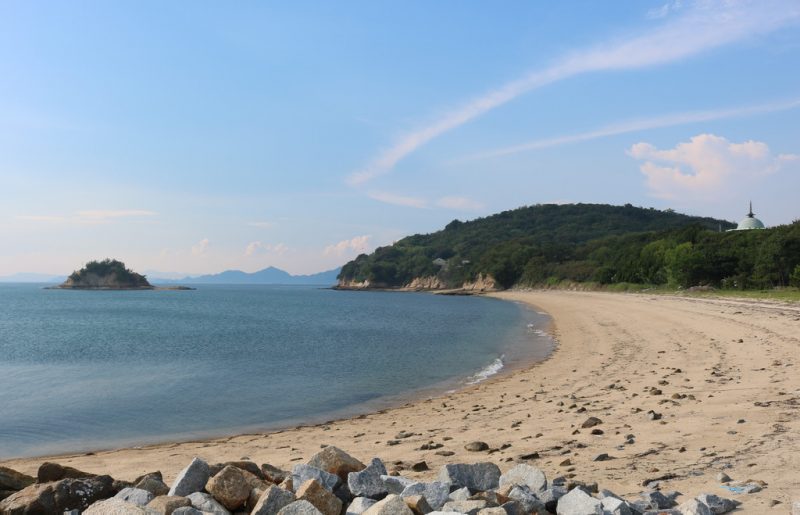
To be continued…
And if you’ve missed my previous reports of this year’s Setouchi Triennale, here are all the ones I’ve written until now:
- Part one – Shodoshima
- Part two – Shamijima
- Part three – Ogijima
- Part four – Shodoshima
- Part five – Children’s Day on Ogijima
- Part six – Ogijima
- Part seven – Megijima
- Part eight – Umaki, Shodoshima
- Part nine – The Shore Where We Can Reach on Shodoshima
- Part ten – Teshima
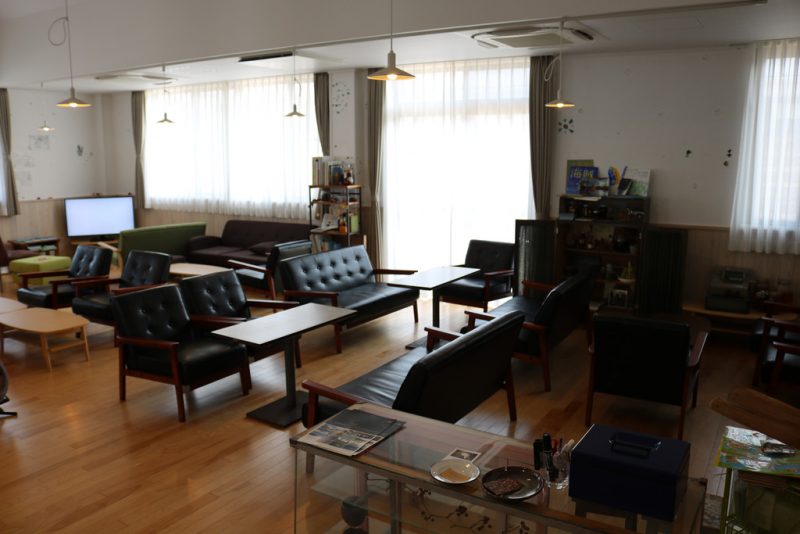
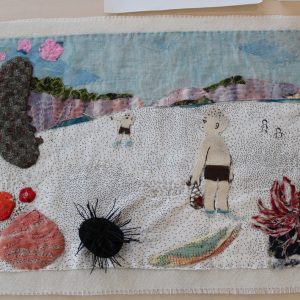
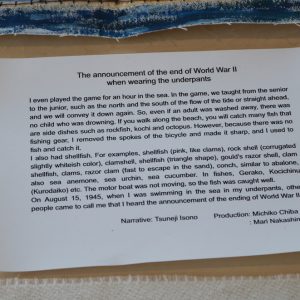
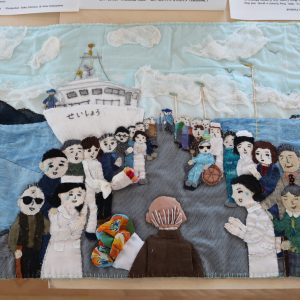

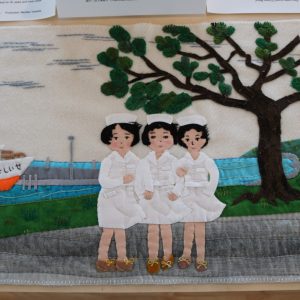
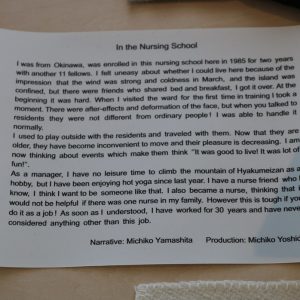
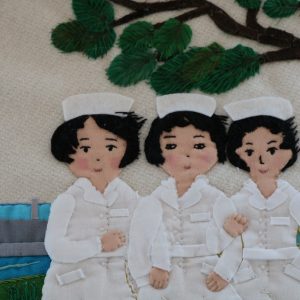
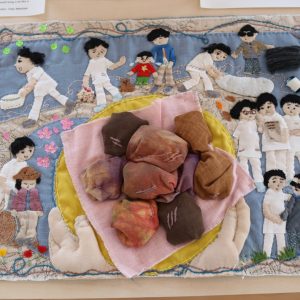
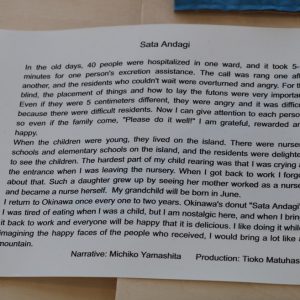
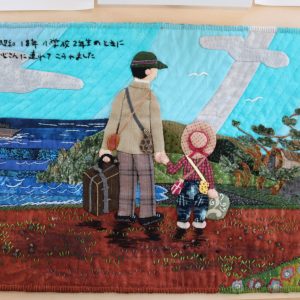
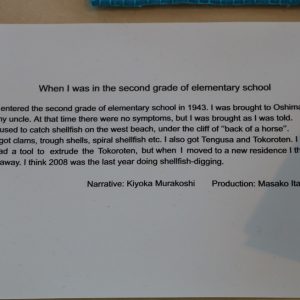
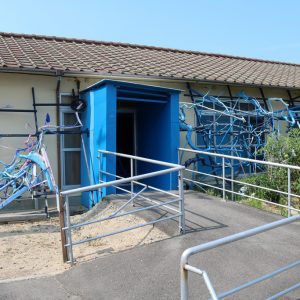
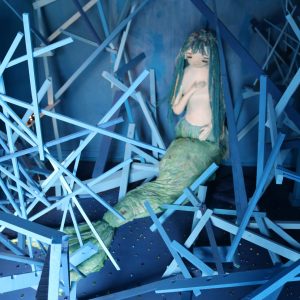
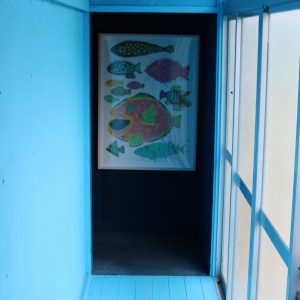
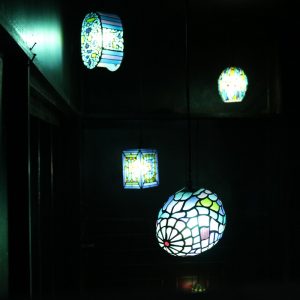
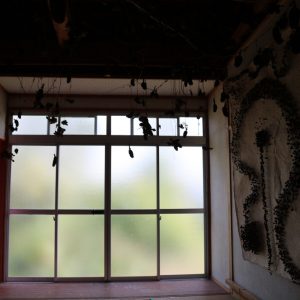
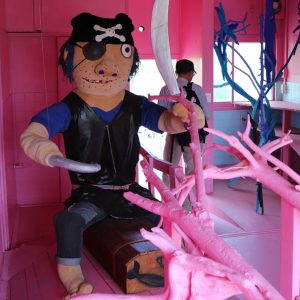
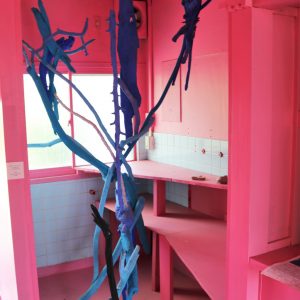
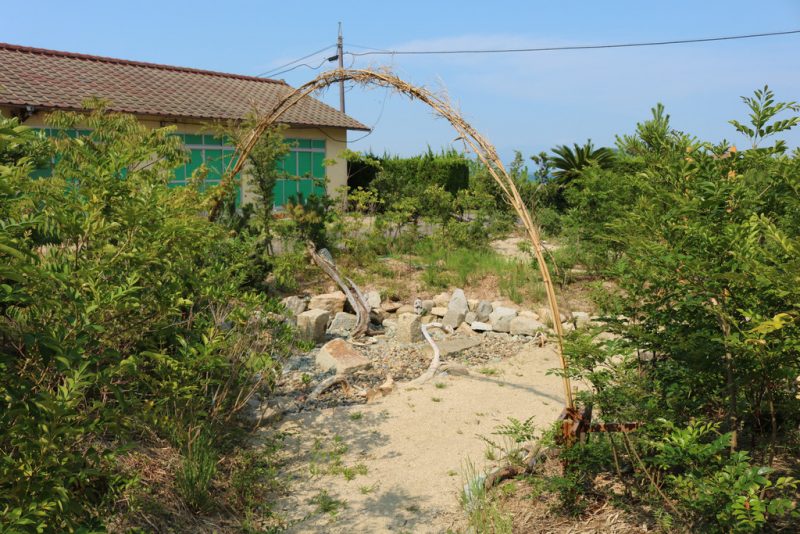
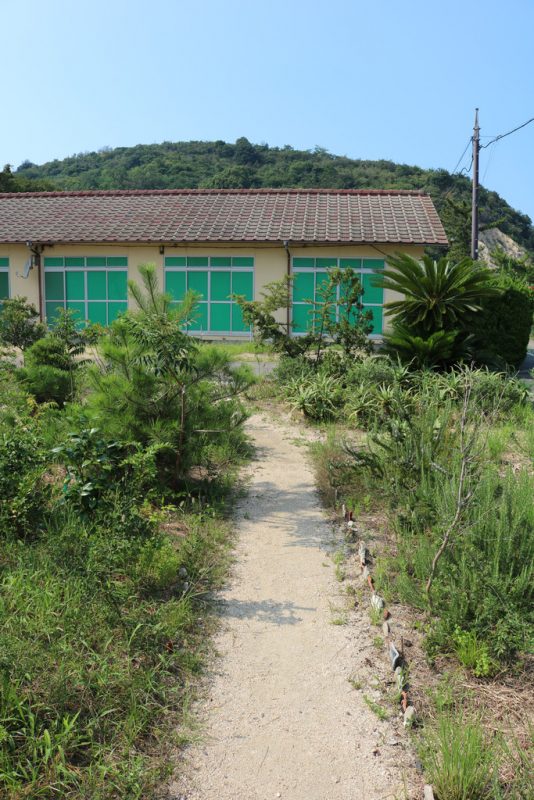
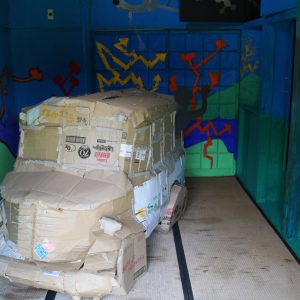
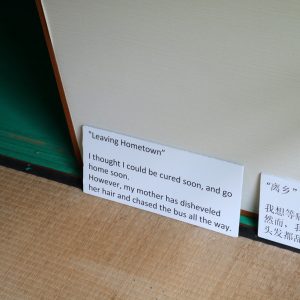
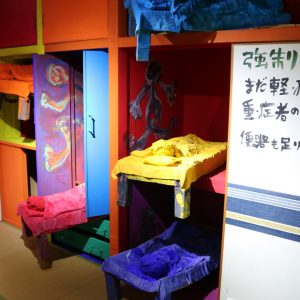
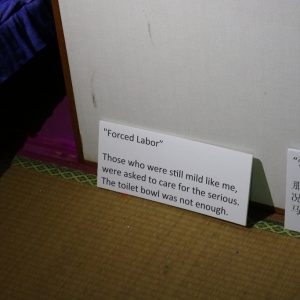
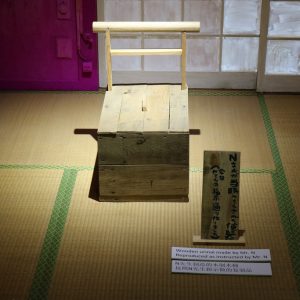
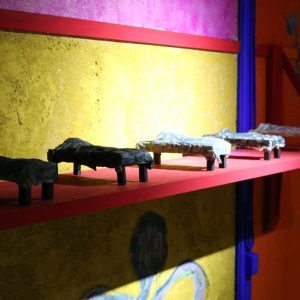
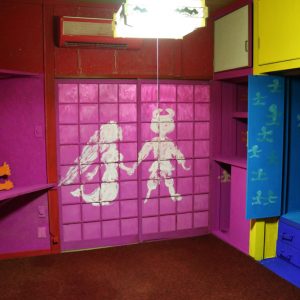
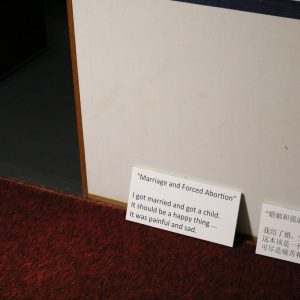
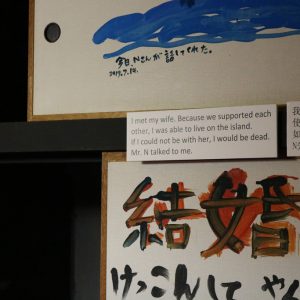
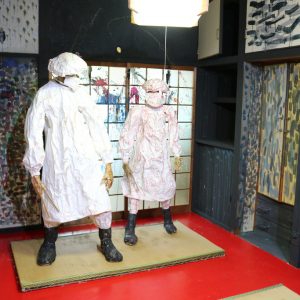
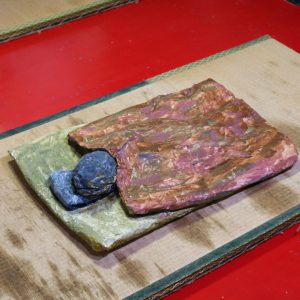
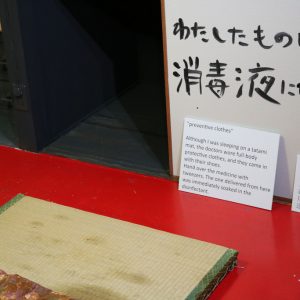
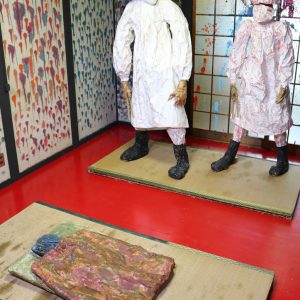
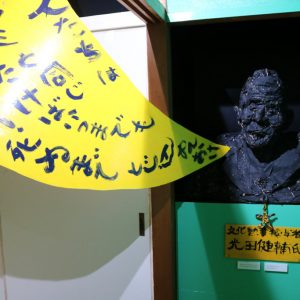
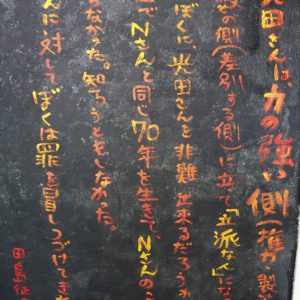
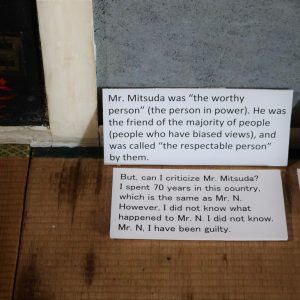
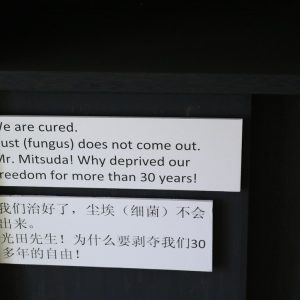
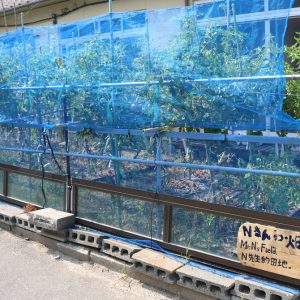
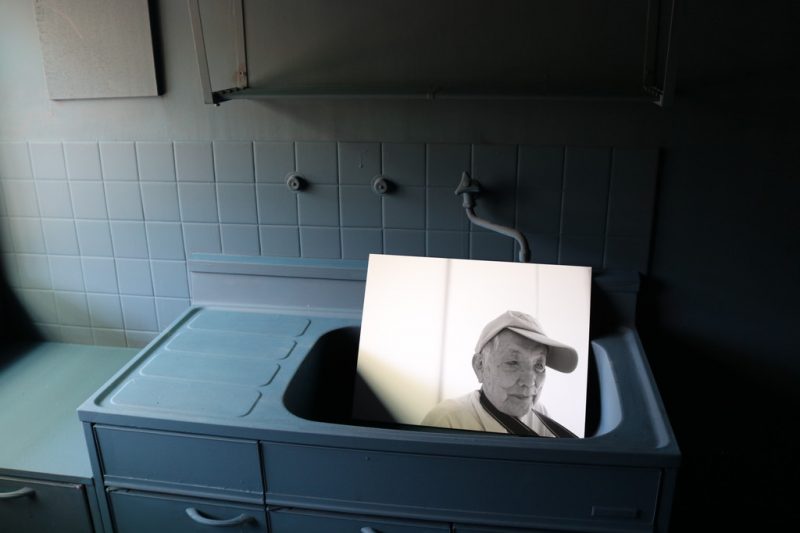
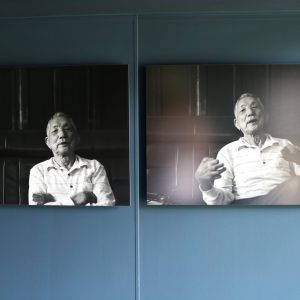
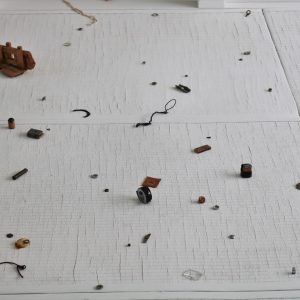
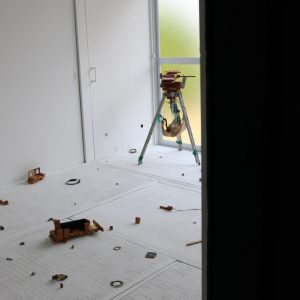
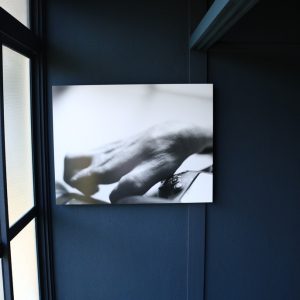
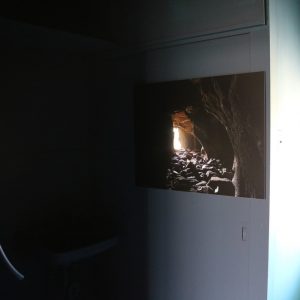
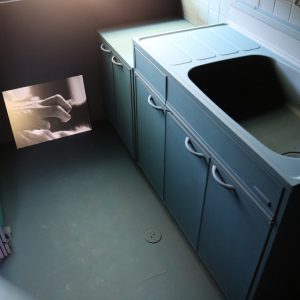
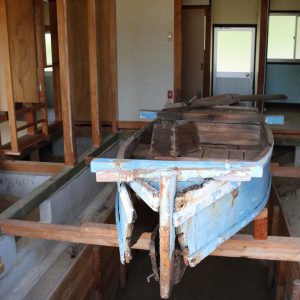
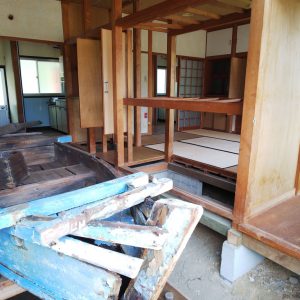
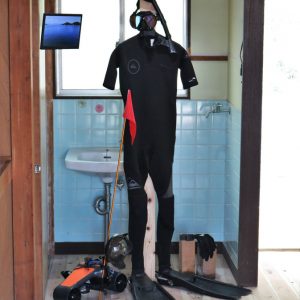
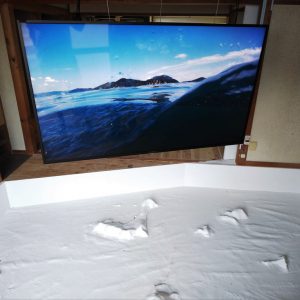
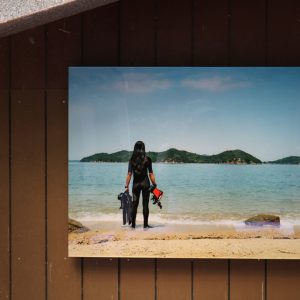
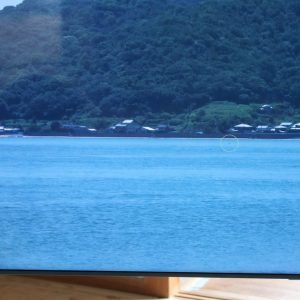
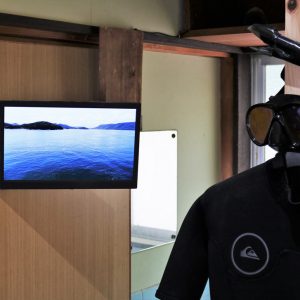
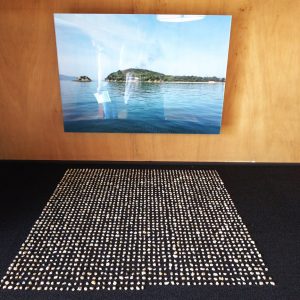
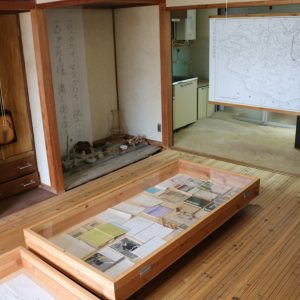
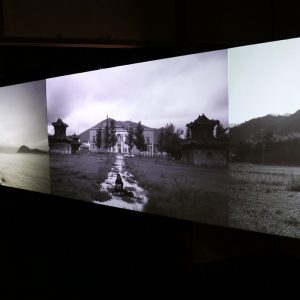
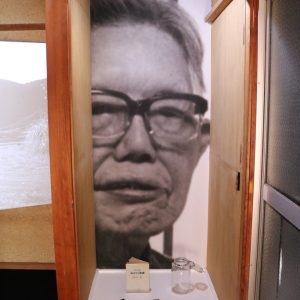
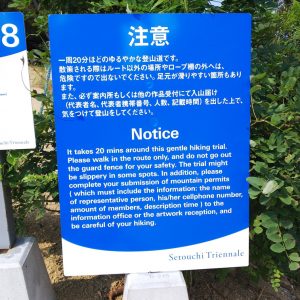
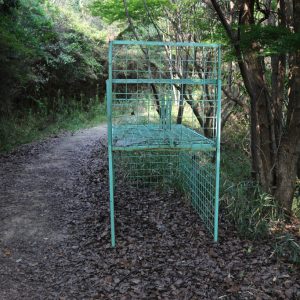
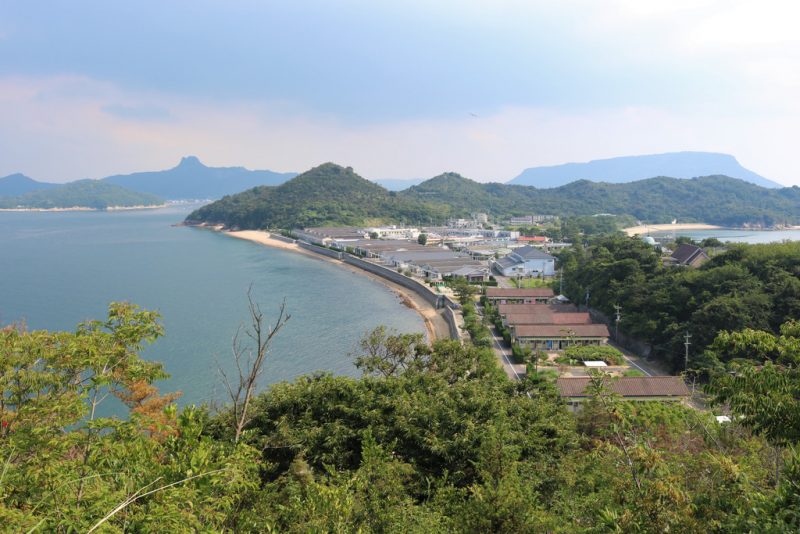
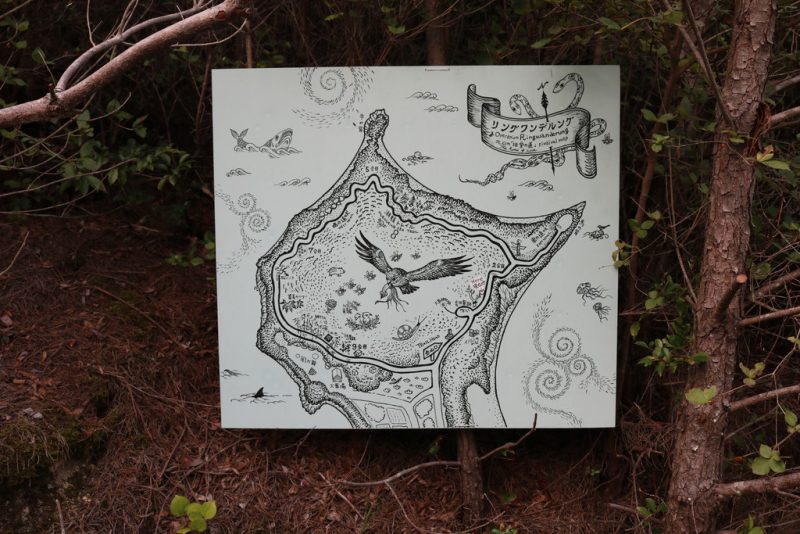
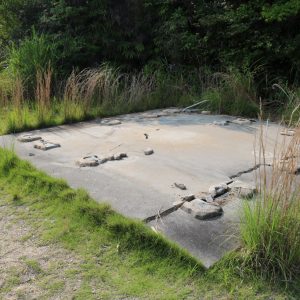
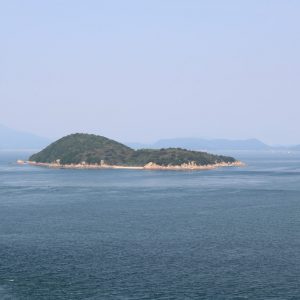
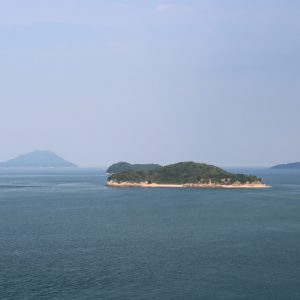
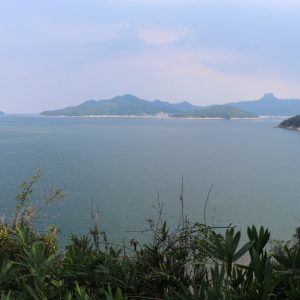
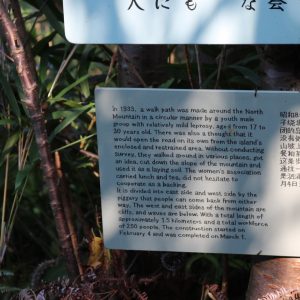
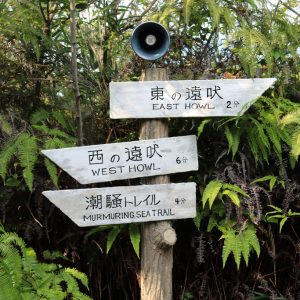
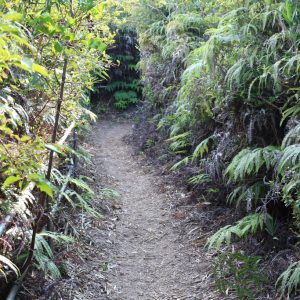
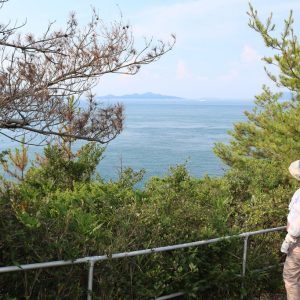
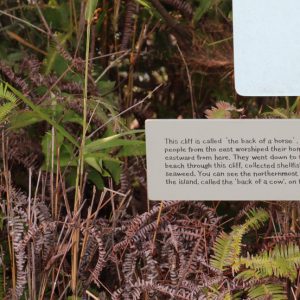
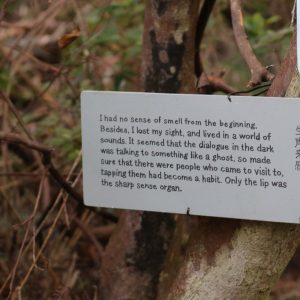
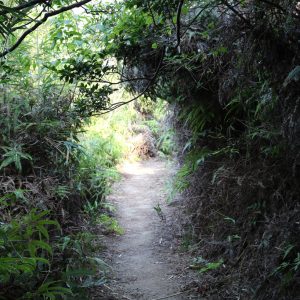
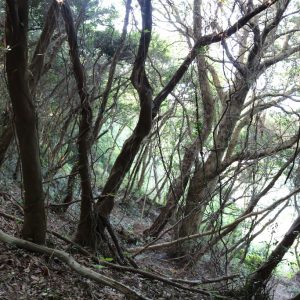
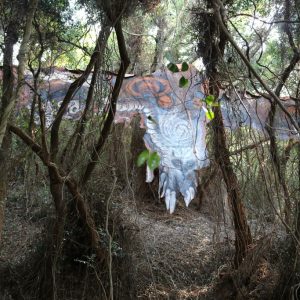
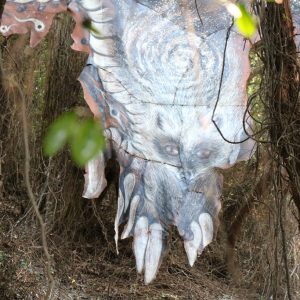
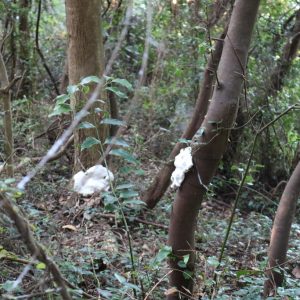
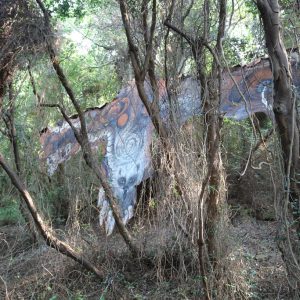
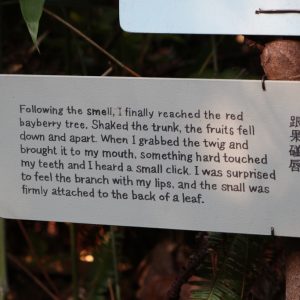
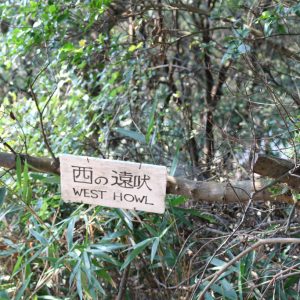
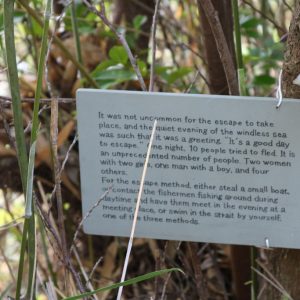
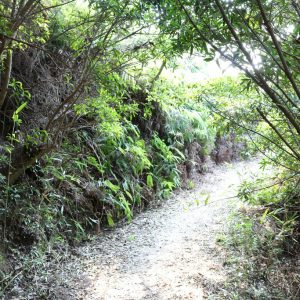
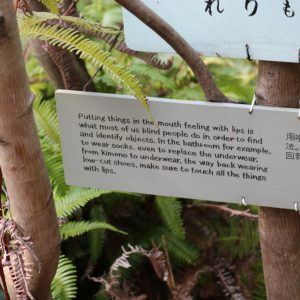
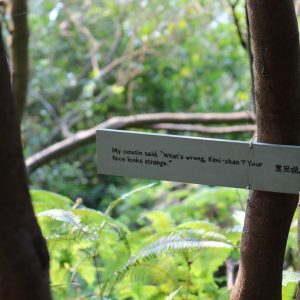
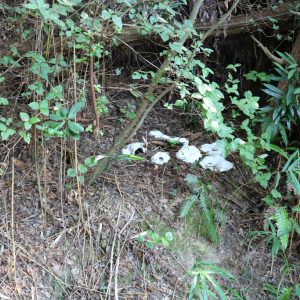
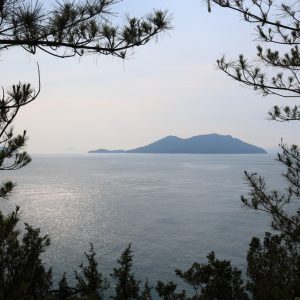
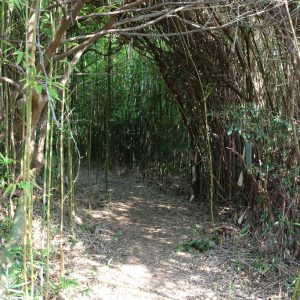
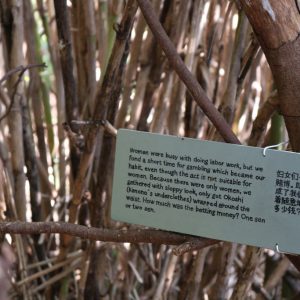
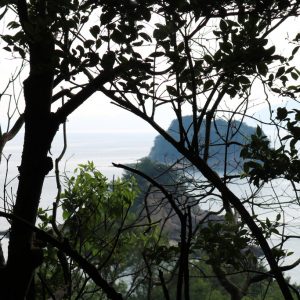
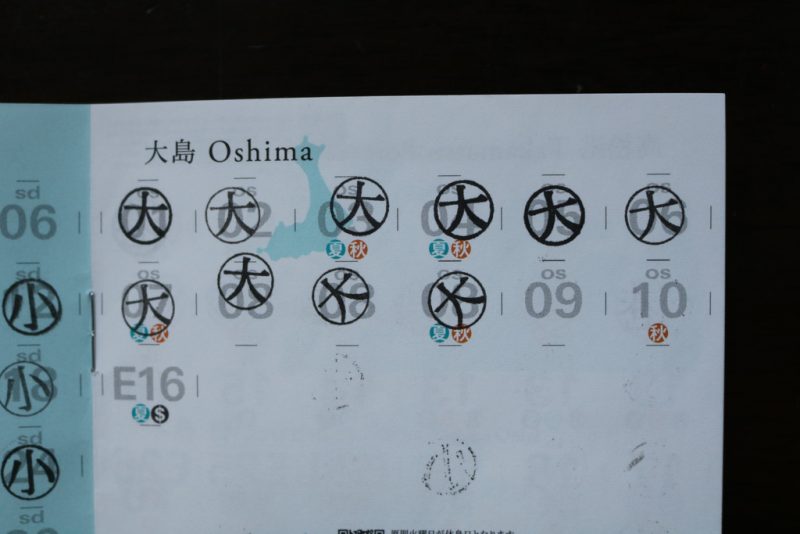
Hi David, Just to say, we spent today on Oshima and found the experience and the artwork very moving. Walked the forest path too. A beautiful way to end an extraordinary week. Thanks for being our ‘guide’.
warmly
Kate
Glad you had a great time. And you’re very welcome.